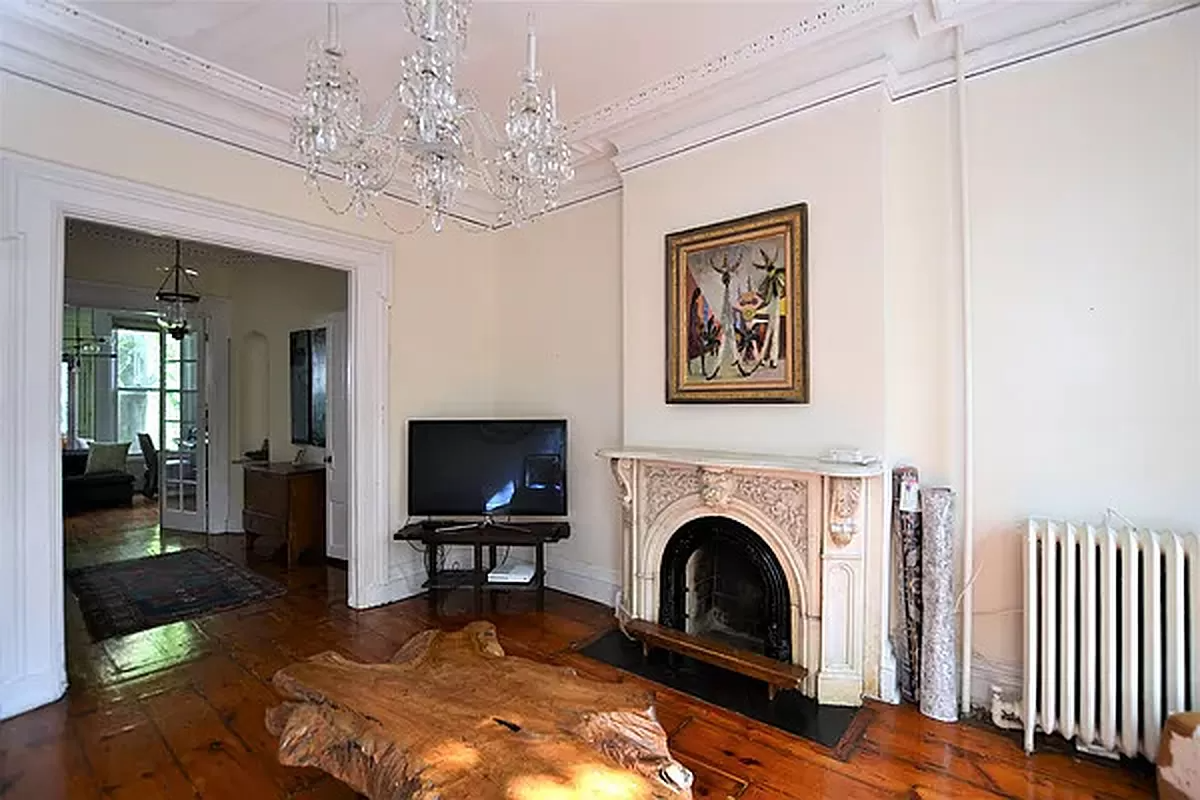Building of the Day: 187-195 Amity Street
Brooklyn, one building at a time. Name: Row houses Address: 187-195 Amity Street Cross Streets: Clinton and Court streets Neighborhood: Cobble Hill Year Built: 1847-1855 Architectural Style: Greek Revival (187-189), Anglo-Italianate (191-195) Architect: Unknown Landmarked: Yes, part of Cobble Hill Historic District (1969) The story: Cobble Hill was originally settled by the Dutch way back…

Brooklyn, one building at a time.
Name: Row houses
Address: 187-195 Amity Street
Cross Streets: Clinton and Court streets
Neighborhood: Cobble Hill
Year Built: 1847-1855
Architectural Style: Greek Revival (187-189), Anglo-Italianate (191-195)
Architect: Unknown
Landmarked: Yes, part of Cobble Hill Historic District (1969)
The story: Cobble Hill was originally settled by the Dutch way back in the late 1600s. It became an area renowned for its fruit trees and orchards. Skipping forward to the early 1800s, the area, now known as South Brooklyn, still had farms, especially along the areas facing the river where Henry Street is today. Several Manhattan merchants and businessmen bought the old Dutch farms with their magnificent views of the harbor.
They created their suburban retreats there, and could still commute to work via the Fulton Ferry, established in the 1820s. The South Ferry was established in 1836, an even more convenient commute. But it soon became apparent that the land was worth more as a development site, and one by one, the children of these gentlemen farmers cashed in. Streets were laid out, and houses starting going up, beginning in the 1840s.
Amity Street began being developed during that decade, with the earliest houses on the block designed in the most popular style of the day; the Greek Revival. The twin houses, numbers 187 and 189 Amity, were built in 1847 by William Hays (also spelled Hayes). He was a shipmaster, the commander of several merchant vessels. He bought all five lots discussed here, and immediately began building on two of them. He moved into one house, and gave the second to his daughter, Annie, who was married to a dry goods merchant named Ira Smith, Jr.
187 and 189 Amity are classic Greek Revivals, although the former has retained much more of its original detail. The parlor floor windows in 189 were shortened, and the ornate stone trim is gone from the entryway. But both houses still have their original Gothic style railings, which are very beautiful.
Several years later, in 1854-1855, Annie Smith and her sister had the other three houses built. Greek Revival was passé by then, the Italianate style was in, with all of its variations. These three houses are classified as Anglo-Italianate, a style that did not gain great popularity at the time. The most striking feature of the style is the lack of a tall stoop. These houses are much narrower, at 16.67 feet wide. The earlier Greek Revival houses are a generous 25 feet wide.
Originally, these three houses were joined by a cornice that peaked with the pediment over the center house, and carried over across the two end houses. Unfortunately, the end houses were altered in the 20th century, before the area was landmarked. 191 and 195 Amity still have the original parlor floor windows, which are beautifully double arched with a center mullion.
The interior layout of the Anglo-Italianate was also different from the Greek Revival, and even other high-stooped Italianates. The basement floor held the kitchen and service rooms.The ground floor at the entrance traditionally housed the stairs and reception area in front, and generally a small sitting room. The formal dining room was in back and the formal parlors were upstairs on the third floor. This layout was more like English row houses than the usual American style.
Annie Smith’s sister Sarah was married to Frederick A. Blossom, a New York based naval stores broker. They moved into 193, the center house, in 1855.
(Photo: 187-189 Amity. Kate Leonova for PropertyShark)














What's Your Take? Leave a Comment